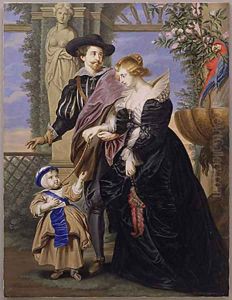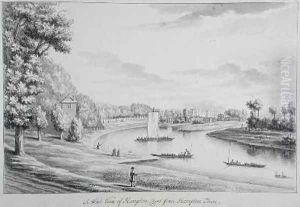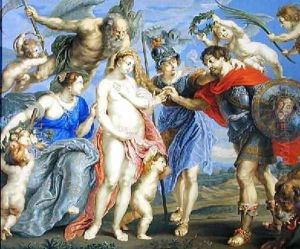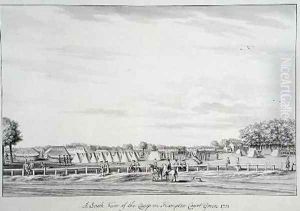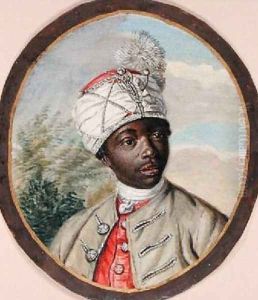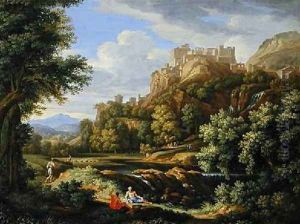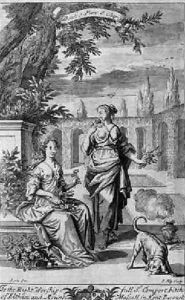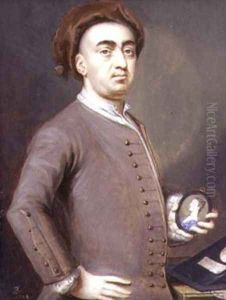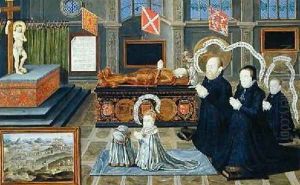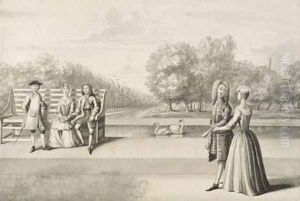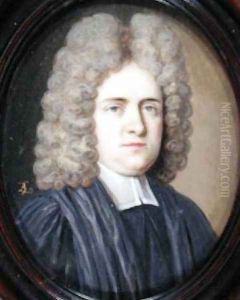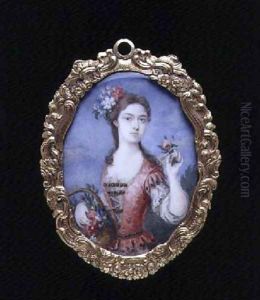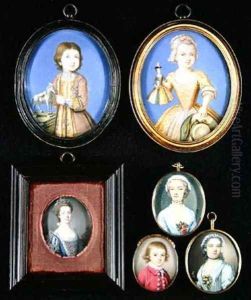Bernard III Lens Paintings
Bernard Lens III, born in 1682, was a prominent British artist known for his work in miniature painting during the early 18th century. He was part of a dynasty of artists, being the son of Bernard Lens II, a notable engraver and draughtsman, which undoubtedly influenced his path into the arts. Lens's contributions to the art world are particularly significant in the context of miniature painting, a genre that was highly popular among the British elite during his lifetime.
Bernard Lens III's career was marked by his innovative techniques in watercolor on ivory, a medium that allowed for exquisite detail and luminosity in his portraits. His skill in capturing the likeness and character of his subjects earned him a considerable reputation among the aristocracy and intellectuals of the period. Notably, Lens also contributed to the dissemination of contemporary and classical artworks through his reproductions in miniature, making him an important figure in the art historical canon of his time.
Beyond his contributions to miniature painting, Lens was also involved in the broader artistic community of his day. He was a contemporary of artists such as Sir Godfrey Kneller and Charles Jervas, with whom he shared artistic dialogues that helped shape the aesthetic preferences of early 18th-century Britain. Despite the competition, Lens's work was distinguished by its delicate handling and depth of expression.
Lens's legacy extends beyond his immediate impact on the art world; he was instrumental in training the next generation of artists, including his own children. Bernard Lens IV, his son, continued in his footsteps, although with less distinction. Through his teaching and his artworks, Lens III played a crucial role in the transmission of artistic skills and sensibilities that would influence British art for years to come.
Bernard Lens III died in 1740, leaving behind a body of work that continues to be studied and admired for its technical mastery and historical significance. His miniatures not only provide a window into the aesthetics and social mores of his time but also underscore the importance of miniature painting within the broader scope of British art history.
